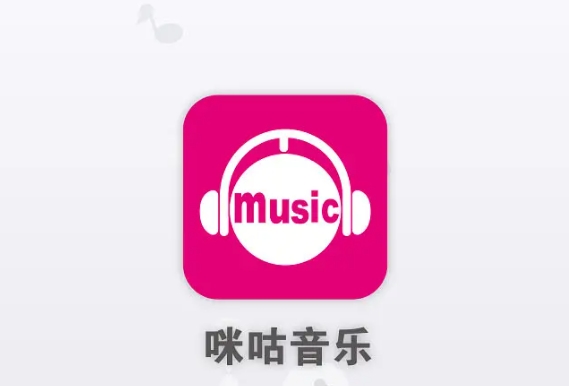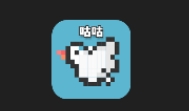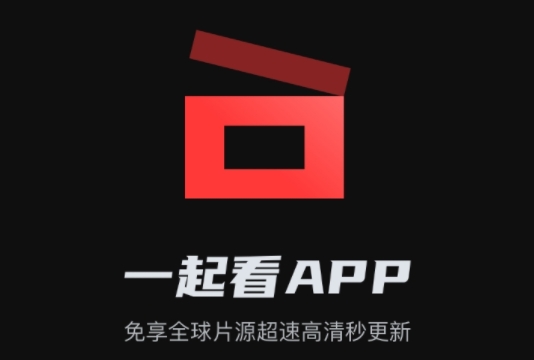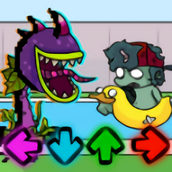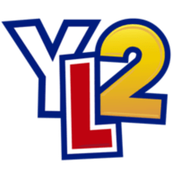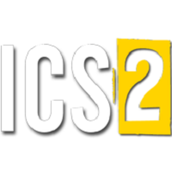最新下载
热门教程
- 1
- 2
- 3
- 4
- 5
- 6
- 7
- 8
- 9
- 10
如何在vs.net中利用UML来建模(转自MSDN)
时间:2022-07-02 18:02:51 编辑:袖梨 来源:一聚教程网
Visually Model Software Applications
Note: Some features may not be offered in the publicly available Visual Studio.NET Beta 2.
Customers building complex distributed applications face the challenge of successfully communicating application architecture and requirements across a broad range of team members. This challenge compounds as we move into the world of loosely coupled XML Web services. It is common knowledge that the presentation of concepts and information in multiple formats―visual, spoken, written―enhances people's ability to understand messages quickly and accurately. Taking this multiple-format approach to communicating, Visual Studio.NET helps foster team coordination and productivity by providing a rich set of visual modeling tools for specifying application architecture and requirements.
An Industry-Standard Approach
Visual Studio.NET delivers support for a full range of design and modeling activities, including freeform diagramming capabilities as well as a set of industry-standard Unified Modeling Language (UML) diagrams. UML is a notation for visually describing and interpreting the pieces, relationships, and actions that comprise a software application.
With the Visual Studio.NET modeling features, users can create sophisticated diagrams to specify their application architecture and business requirements, and can communicate these across their teams. Business analysts, architects, developers―and others who want to perform analysis and design tasks to enhance communication and increase the productivity of their development teams―can take advantage of these new capabilities. The following scenario demonstrates how the structure of a particular software system can be visualized and more effectively communicated by using software models created in Visual Studio.NET.
Application Scenario: A Car Rental Software System
This scenario discusses how the eight UML diagram types might be used to model a car rental agency's software system. Beginning with three simple use cases, the examples capture the core processes in the system.
Note: Some features may not be offered in the publicly available Visual Studio.NET Beta 2.
Customers building complex distributed applications face the challenge of successfully communicating application architecture and requirements across a broad range of team members. This challenge compounds as we move into the world of loosely coupled XML Web services. It is common knowledge that the presentation of concepts and information in multiple formats―visual, spoken, written―enhances people's ability to understand messages quickly and accurately. Taking this multiple-format approach to communicating, Visual Studio.NET helps foster team coordination and productivity by providing a rich set of visual modeling tools for specifying application architecture and requirements.
An Industry-Standard Approach
Visual Studio.NET delivers support for a full range of design and modeling activities, including freeform diagramming capabilities as well as a set of industry-standard Unified Modeling Language (UML) diagrams. UML is a notation for visually describing and interpreting the pieces, relationships, and actions that comprise a software application.
With the Visual Studio.NET modeling features, users can create sophisticated diagrams to specify their application architecture and business requirements, and can communicate these across their teams. Business analysts, architects, developers―and others who want to perform analysis and design tasks to enhance communication and increase the productivity of their development teams―can take advantage of these new capabilities. The following scenario demonstrates how the structure of a particular software system can be visualized and more effectively communicated by using software models created in Visual Studio.NET.
Application Scenario: A Car Rental Software System
This scenario discusses how the eight UML diagram types might be used to model a car rental agency's software system. Beginning with three simple use cases, the examples capture the core processes in the system.
相关文章
- 163邮箱电脑版网页登录入口-163邮箱网页端电脑版登录 12-22
- 新三国志曹操传13期南华幻境9-2攻略 12-22
- YANDEX引擎官网入口 俄罗斯Yandex免登录直达 12-22
- 永远的蔚蓝星球毒液优势及培养指南 12-22
- 126免费邮箱登录入口-126邮箱官网登录网页版 12-22
- 恶魔秘境永恒追猎者500魂地狱黑塔攻略 12-22


